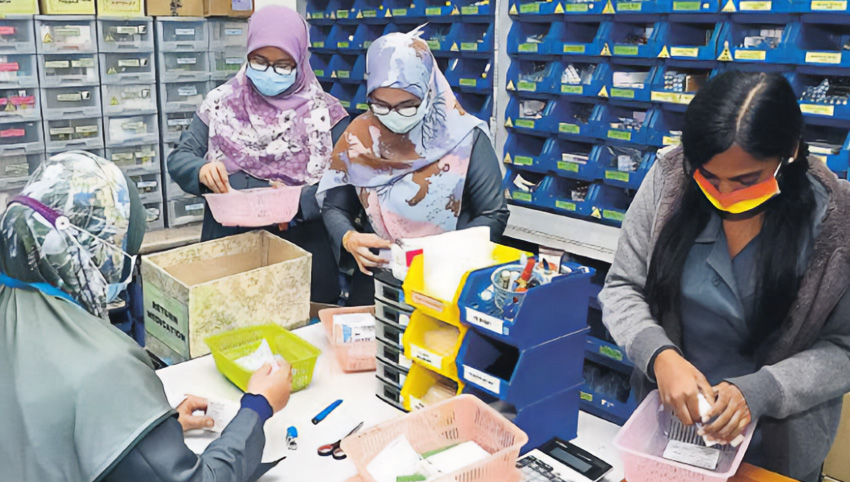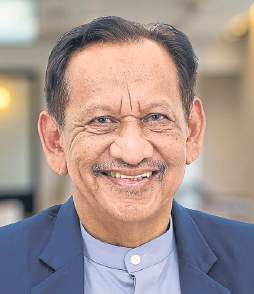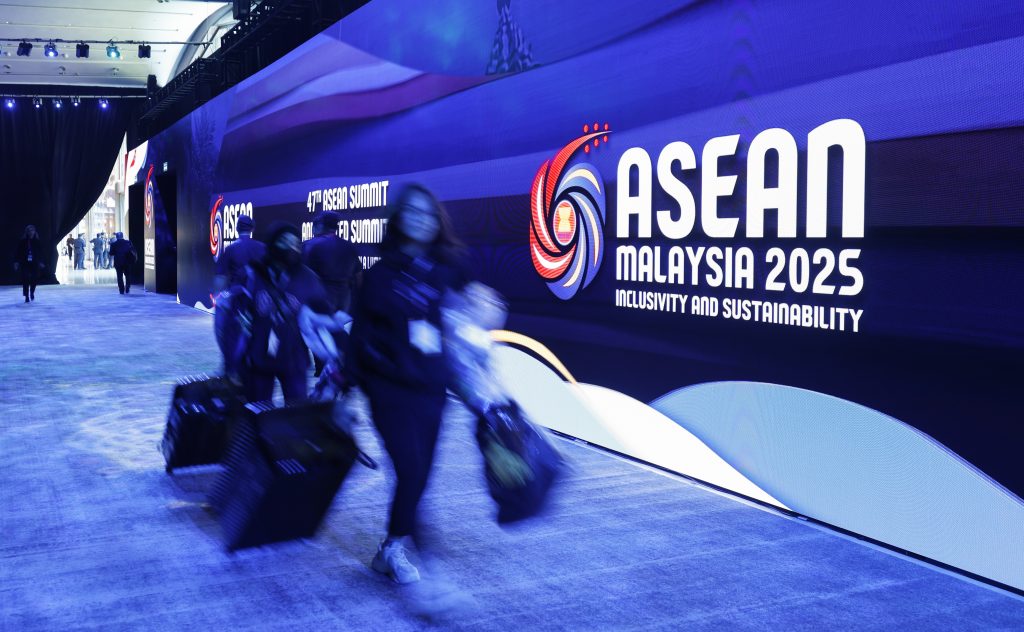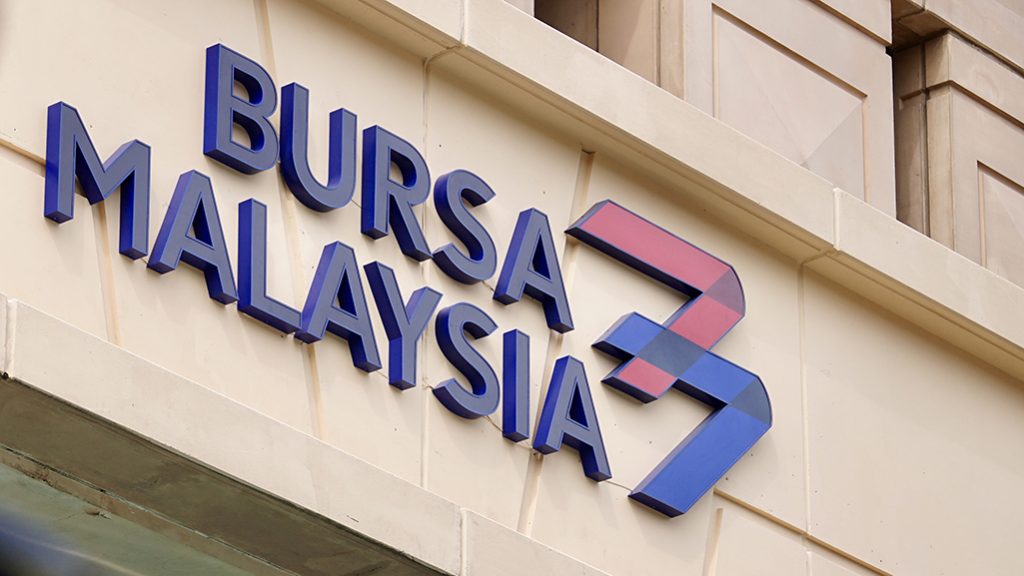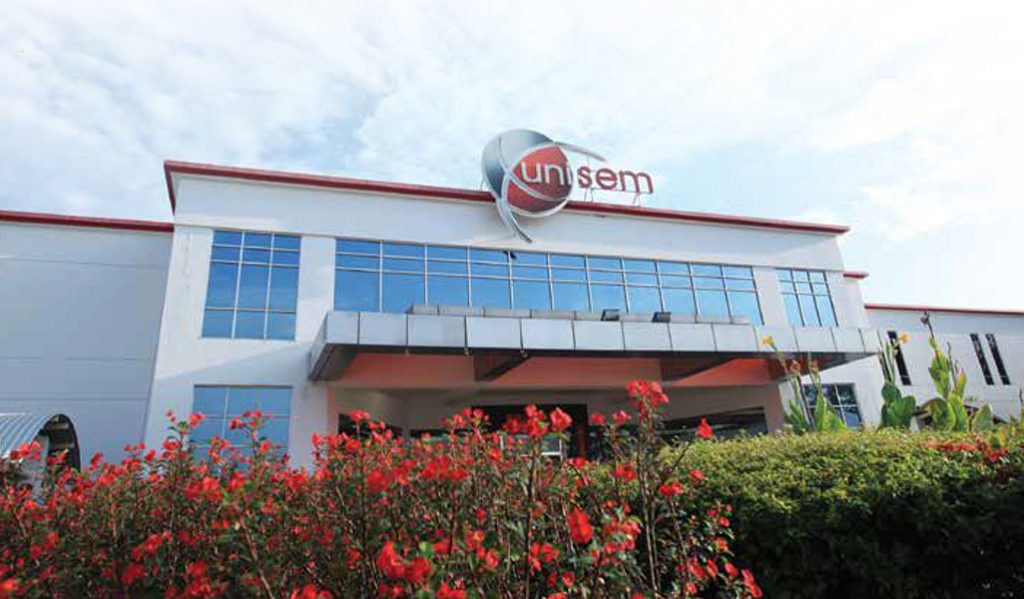Auto Added by WPeMatico
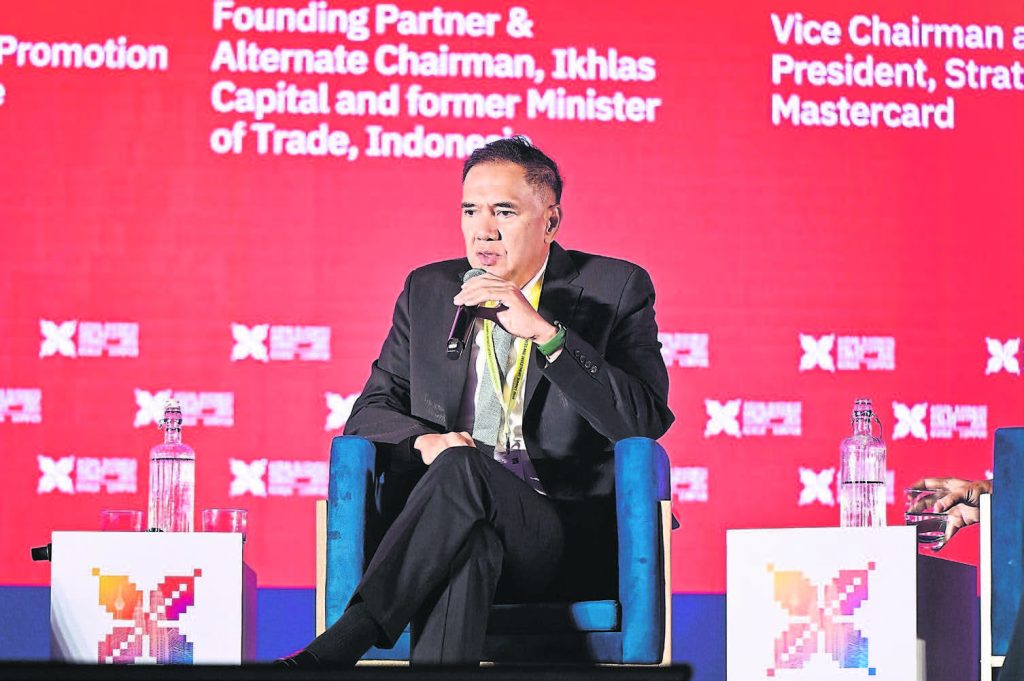

EDUCATION remains Malaysia’s perennial problem. Every few years, a new blueprint emerges, a new slogan is launched and another round of debates erupts about what went wrong. Yet the system, by most accounts, continues to drift.
Recently, I spoke with several educators and schoolmates about this quiet decline. None were surprised.
In a letter to the editor published by a local news portal, the writer summed it up well: “The decline of Malaysia’s schooling system isn’t a sudden implosion — it’s a quiet unravelling. You see it in the teacher who no longer smiles at the morning assembly; in the student who has stopped asking questions; in the parent who’s given up complaining because ‘it won’t change anything’.
“It’s easy to label this generation as lazy or disrespectful, but that’s the lazy argument. These children are growing up overstimulated and under-supported. They’re competing in a world that values virality over intellect, yet studying in a system that hasn’t evolved since 2010.”
In 1994, Pope John Paul II was supposed to have taken a hard look at TV and saw a bad picture, reported the Los Angeles Times.
“Parents who make regular, prolonged use of TV as a kind of electronic babysitter surrender their role as the primary educators of their children,” he warned.
Things have only become uglier. We are raising a generation that is overstimulated and under-supported. Gadgets have replaced parenting. As I write this article, I overhear my son teaching his classmate how to connect WhatsApp to the computer. They want to go hunting together in a game. Teachers now compete with screens for attention. Discipline has become a dirty word.
A retired discipline teacher, reflecting on the recent debate over reviving corporal punishment, said that character building must go hand in hand with discipline. Children must understand boundaries. It’s fine to face punishment if it helps them learn and respect rules. Her bigger frustration, however, is not with the students but with parents. “Sikit-sikit buat aduan,” she said. Complaints fly to the ministry or the media, often without the full picture.
Teachers, meanwhile, face abuse from both students and parents. After several confrontations, many simply withdraw. The loudest voice wins. In the process, bullying cases are ignored and classroom authority evaporates. One former teacher, known for her lifelong dedication, admitted she opted for early retirement just to escape the constant tension.
Teaching today’s generation is not just about academics. Many children carry emotional baggage from broken homes or absent parents. “We’re their second parents,” another teacher told me, “but we don’t publicise it because it’s private. We have to earn their trust.”
The system, however, offers little support for teachers to play that role. Policies change with every new minister. Priorities shift, curricula are revised and reform fatigue sets in. What Malaysia’s education system lacks most is continuity — and political will.
One suggestion, floated half in jest but worth considering, is to make it compulsory for all politicians to send their children to public schools and universities. Only then, perhaps, would we see genuine urgency for reform. As long as the political class opts out of the system, the system remains someone else’s problem.
Last week, I attended a forum in Kuala Lumpur, on the very day the US President Donald Trump arrived in Malaysia for the ASEAN 47th Summit. On stage was Indonesian entrepreneur and former minister Gita Wirjawan. His message was blunt: If Southeast Asia wants to fix education, just copy Singapore.
He laid out the uncomfortable facts. ASEAN celebrates diversity, but also lives with wide inequality. Singapore’s GDP per capita is around US$90,000 (RM376,920), Myanmar at the bottom end at about US$1,250. Malaysia sits at US$13,000, while Indonesia is at US$5,000. These gaps show up clearly in education outcomes. Only Singapore and Vietnam have exceeded the global average in the OECD’s Programme for International Student Assessment (PISA) — the test that measures reading, Maths and Science skills among 15-year-olds.
Singapore, he noted, is a “great athlete” in education, at both the school and university levels. Its top universities rank among the world’s best. Its PISA results have overtaken China’s. It has become a global champion in the region’s backyard.
So why not learn from it? Wirjawan proposed that ASEAN nations adopt Singapore’s education model with different timelines suited to their contexts. The goal, he said, was simple: reduce educational divergence to narrow the economic gap, and strengthen ASEAN’s centrality in a fragmented world.
His argument was compelling — and uncomfortable. Because while most ASEAN governments know Singapore’s system works, none wants to be seen as copying it. Pride gets in the way of progress.
For Malaysia, the lesson is clear. We have been debating education reform for decades, yet the fundamentals remain stuck. Teachers feel trapped, parents are defensive and students are confused by shifting goalposts.
Education should not be a political football. It should be treated as a national emergency. Until policymakers are willing to confront hard truths — to stay the course beyond election cycles and personal careers — Malaysia will continue to lag behind its regional peers.
As I stepped out of the conference hall, I bumped into a friend from Singapore and was reminded of the pressure many Singaporean students face.
- Habhajan Singh is the corporate editor of The Malaysian Reserve.
- This article first appeared in The Malaysian Reserve weekly print edition
The post Copying Singapore isn’t surrender. It’s survival appeared first on The Malaysian Reserve.

